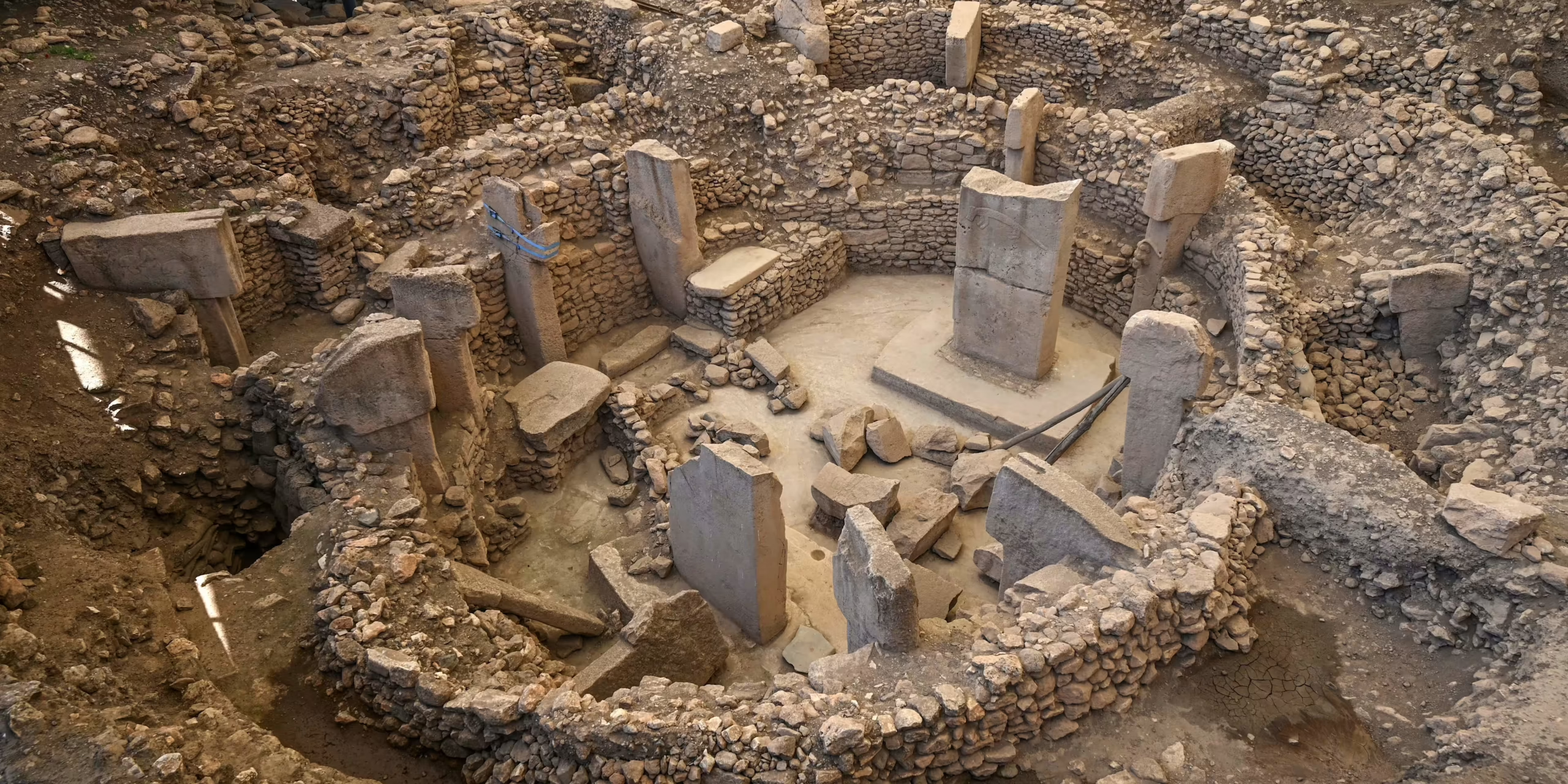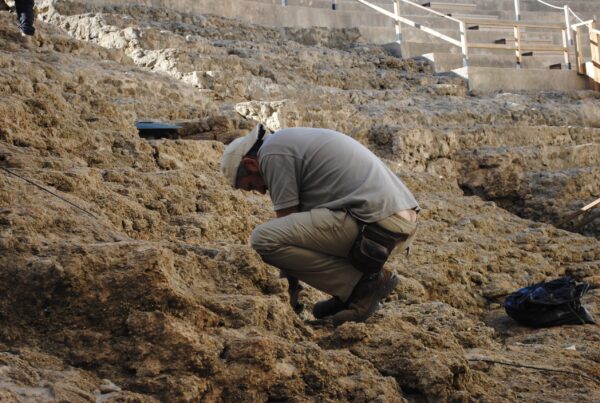Since its discovery in the late 20th century, Göbekli Tepe has challenged our understanding of ancient history. This 14,000-year-old structure is considered the oldest archaeological monument ever found, suggesting the existence of a highly advanced civilization. Unlike most comparable ancient ruins, the complex was not damaged by an earthquake or abandoned; rather, it was buried in near-perfect condition.
This mysterious site raises several profound questions that traditional interpretations (such as viewing it merely as a temple) struggle to answer.
The Puzzling Features of Göbekli Tepe
Why would the builders create such a complex structure only to bury it? Several architectural anomalies puzzle researchers:
- The configuration is circular, featuring a main hall that is sealed shut, with no access point. If it were a temple, why would the central area be inaccessible?
- The huge pillars inside the sealed area are decorated with animal carvings, many of which depict creatures that were not local to the area but were indigenous to distant lands.
- The structure is built on a high hill, which would have made transporting materials and animals significantly harder than building at a lower elevation.
- There are multiple surrounding layers (more than one exterior wall) and exterior storage areas (caves/holding pins) with animal carvings above their entrances.
A Theory Tied to the Great Flood
A compelling theory suggests that the purpose of Göbekli Tepe might be much simpler than many believe: it may have been an ancient Shipyard and launch area for a vessel designed to carry humans and animals. This theory offers explanations for the site’s unusual construction, linking it directly to the Biblical account of the Great Flood.
The sources suggest that the builders of Göbekli Tepe were certain that a terrible and widespread flood was coming, and they were making serious preparations not only for themselves but also to avoid the extinction of animals.
Evidence of Preparation
This interpretation aligns key features of the site with preparations for a catastrophic flood:
- High Elevation and Launch Clearance: The structure was built on a high hill to protect against rising water levels. Building it high up ensured that when the ship launched, it would avoid being demolished by hitting rocks and trees if it had started floating at a lower water level.
- Keel Blocks and Vessel Support: The massive internal pillars were designed to support the vessel, acting like Keel blocks used in modern ship construction. The inner circle was eventually sealed and filled with water, providing the vessel with enough clearance to sail once the water levels rose.
- The Sealed Hall: Considering the power of a predicted flood, a traditional access door would have been difficult to seal, making a unique closed structure a necessary and better option.
- Animal Management: The caves and storage areas outside the structure functioned as holding pens where animals were contained before the flood began. The animal carvings found on the pillars and above the entrances of these storage spaces served as a universal language (since proof of reading/writing in those days is unknown) to instruct people exactly where to load which animals. The layers of animals carved on the pillars might even represent the various internal layers inside the ship, necessary to separate wild animals into different stabled locations.
- Perfect Preservation: The structure was buried in its perfect condition underneath mud carried by the Great Flood. Evidence of a Great Flood matches the time frame when Göbekli Tepe was constructed, indicating that the event was predicted long beforehand.
Conclusion: A Precursor to the Ark?
The biblical account of the flood, describing how the prophet Noah built a vessel and saved animals of all kinds, is found in all three holy books. While the sources raise the question of whether Göbekli Tepe was the actual location of Noah’s Ark, it is explicitly noted that the structure was built by people who were preparing for a devastating deluge.
Whether or not Göbekli Tepe was the specific location of Noah’s Ark, the evidence strongly suggests that this ancient site was constructed by people who anticipated a massive inundation and took extraordinary measures to survive it. They stored the animals and built a vessel on supporting pillars, preparing for the inevitable high water. God knows the best.




